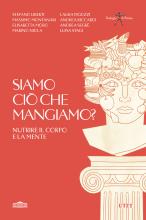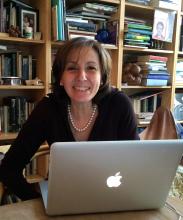The cell and the beehive: living in Le Corbusier’s architecture
€ 3.00In 1952, in his speech at the opening ceremony of the Unité d’Habitation building in Marseilles, Le Corbusier recalled how his interest in living spaces was sparked by his visit to the Florence Charterhouse in 1907 when, barely 20, he first came to Italy to study. The spatial organisation of the monastery and the monks’ lives became the inspiration for Le Corbusier’s research, and a reference point for all the dwellings he designed. His study of the living cell, the machine à habiter, would become an integral part of a wider discourse on the need for modern man’s refuge to be in harmony with nature (and thus include sunlight, space and greenery) and for architecture to simultaneously safeguard individual freedom and provide collective services. The Unité d’Habitation was the exemplary realisation of this idea. Fifty years since his passing, we offer a masterclass on the maestro of modern architecture.
Event transferred in teatro Bolognini
Video
Marida Talamona, architect, is Director of the European Master’s Degree in History of Architecture and teaches History of Contemporary Architecture at the University of Rome. She conducts research on 20th century architecture. A member of the Board of Directors of the Le Corbusier Foundation since 2012, she studies Mediterranean architecture and the ties between Italy and France, in particular Le Corbusier and Italian artistic culture. She directed the 15th Conference of the Le Corbusier Foundation and curated the 2012 exhibit ‘Le Corbusier’s Italy’ at the MAXXI in Rome. In 2014, she curated the exhibit ‘Building an Idea: McKim, Mead & White and the American Academy in Rome’. She has written essays and articles on Italian colonial architecture, the works of Italian architects between the First and Second World Wars, reconstruction in Italy and Adriano Olivetti’s role in post-WWII urban planning.
Marida Talamona & i Dialoghi
Il programma sarà disponibile a breve...
Il programma sarà disponibile a breve...



